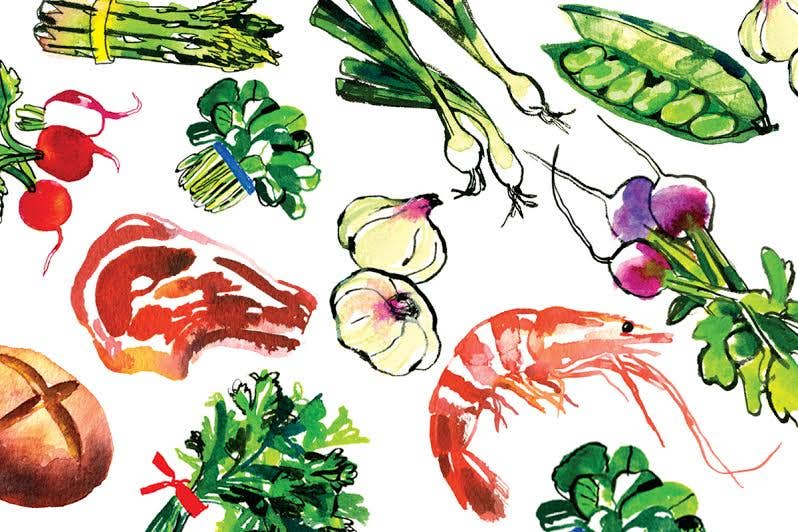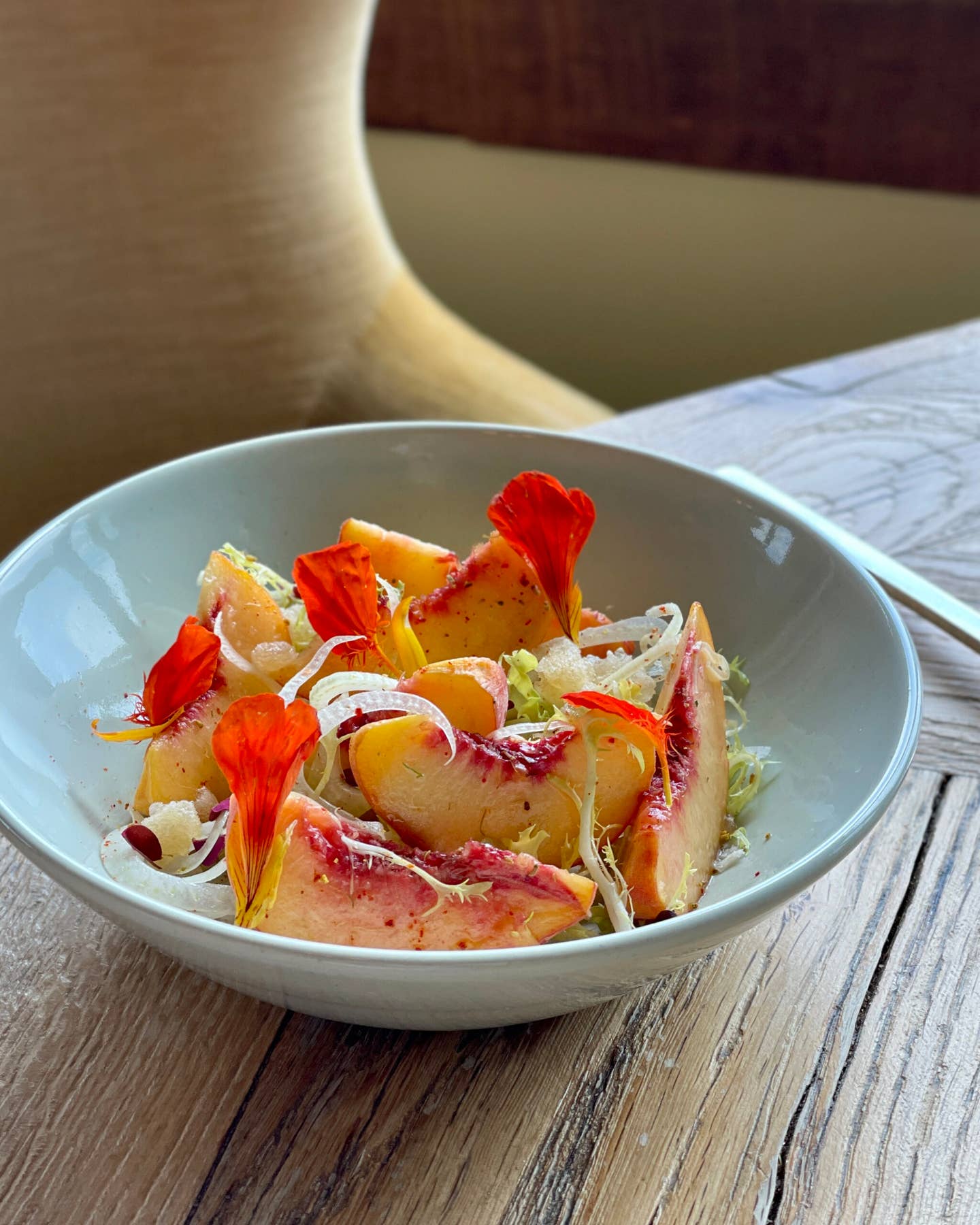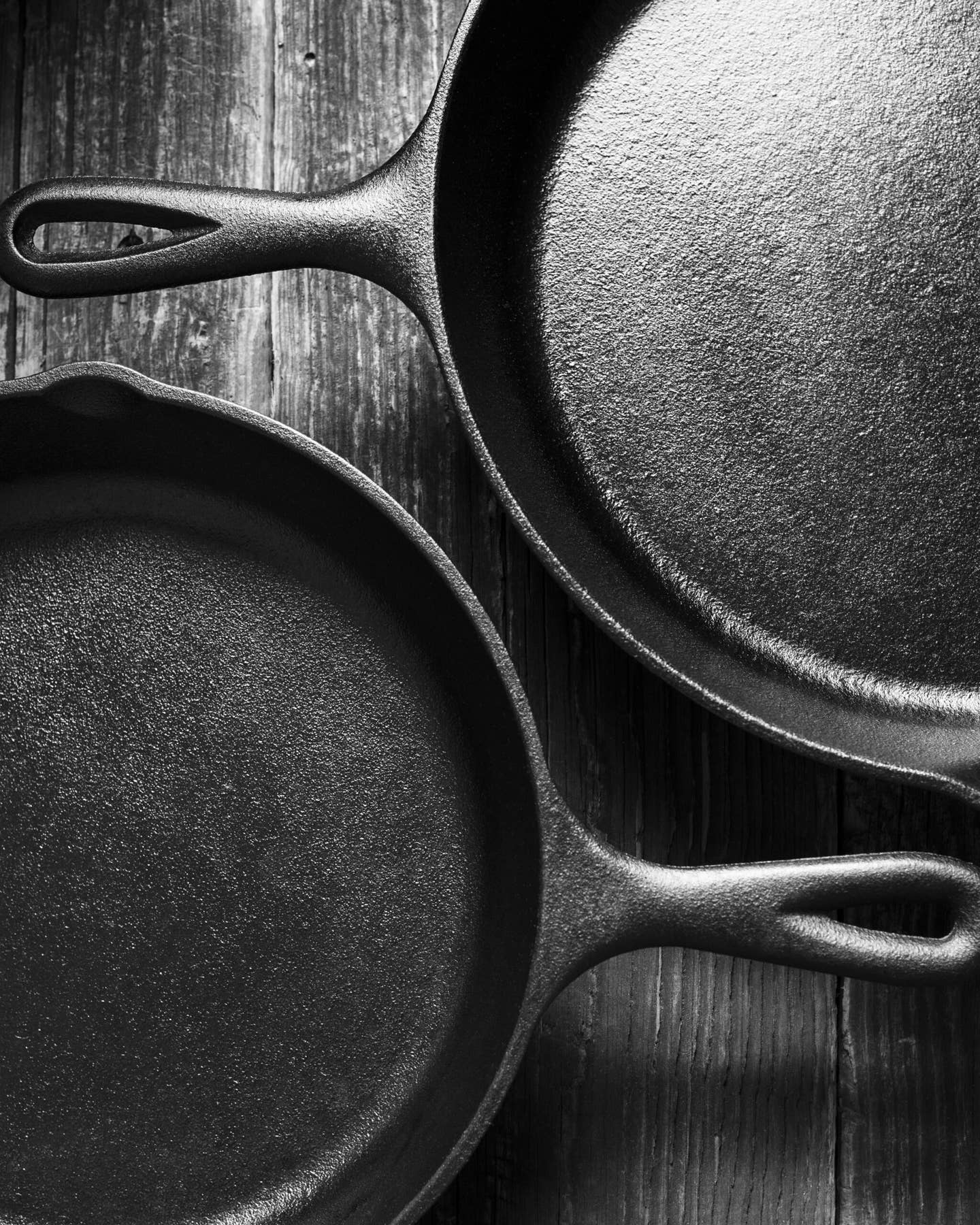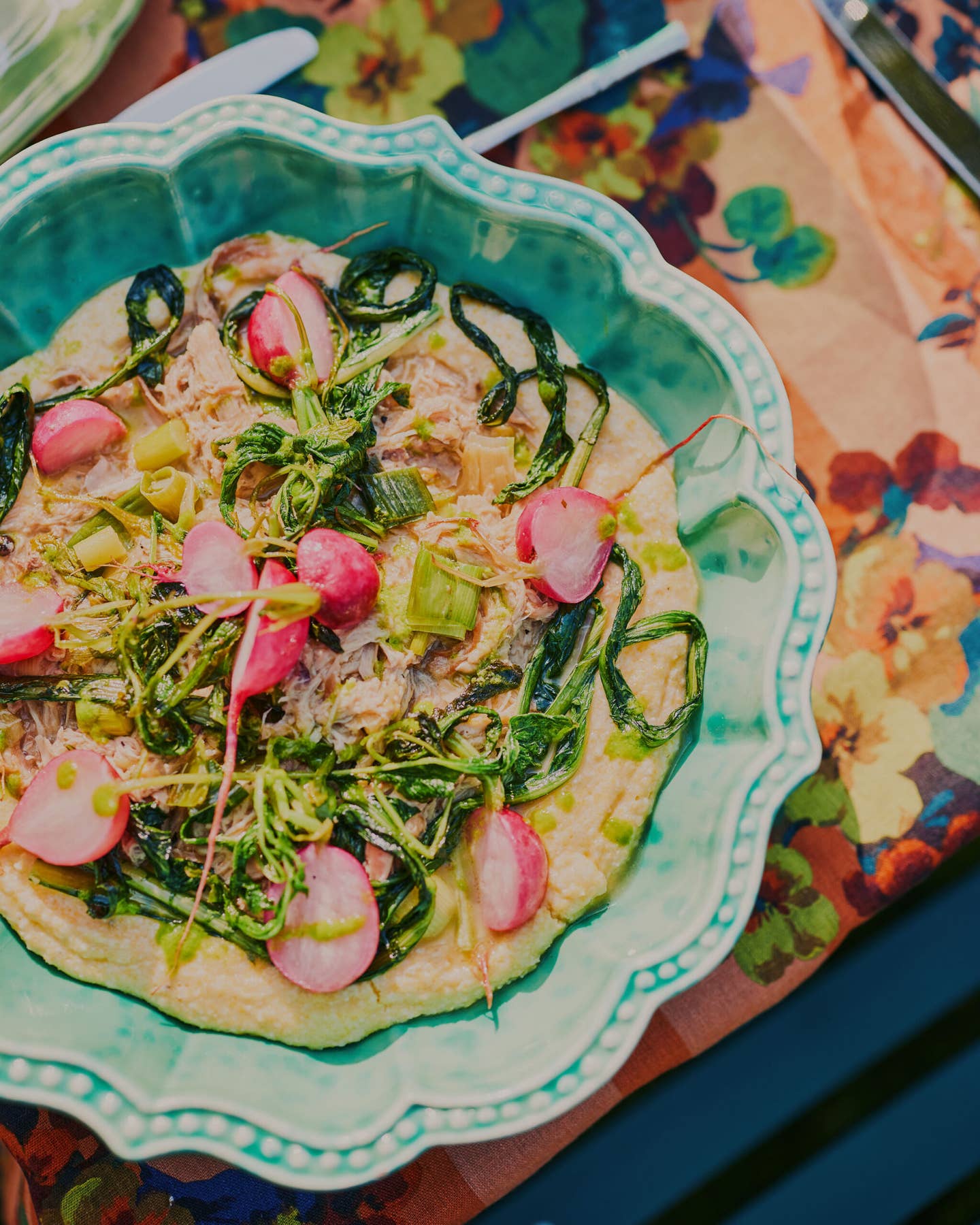
Bouillabaisse Essentials
Making an authentic Provençal bouillabaisse is a labor of love. This is how they do it in the port towns of the South of France.
1. Fishermen throw their nets into the Mediterranean and pull up such fish as saint-pierre, chapon, dorade, conger, grondin, and vive—a good start for bouillabaisse. Variety is essential.
2. Olive oil, garlic, onions, fennel tops, thyme, and other herbs go into the pot for Provençal flavor.
3. Potatoes and tomatoes (the latter fresh in season; otherwise, canned may be used) are added.
4. Fish, whole or cut into pieces, is then put in (the firmer fish first, more delicate varieties on top). More tomatoes can be tossed in.
5. Fish stock, or in some cases water, and more olive oil are poured over all of the ingredients. Shellfish such as mussels and crabs can be added at this point.
6. Although considered an optional ingredient, pastis, the anise-flavored Provençal aperitif, is sometimes added for its delicate, refreshing character.
7. Saffron is essential, lending its unmistakable flavor to the dish and tinting both soup and fish a distinctive red-orange color.
8. Rapid boiling is the key to the process, emulsifying the oil, stock, and fish gelatin—thus forming the rich soup that characterizes a successful bouillabaisse. (The foam that develops is skimmed off the top before serving.)
9. The finished bouillabaisse is ready to be served in the traditional two courses.
10. Baguette rounds are toasted and rubbed with fresh garlic. At the table, guests slather them with rouille and place them in empty bowls ready for the bouillon.
11. Soup poured over the rouille-topped croutons serves as the first course of the bouillabaisse.
12. Fish, in quite a variety, is presented separately, with considerable ceremony, as the second course.
Keep Reading
Continue to Next Story










